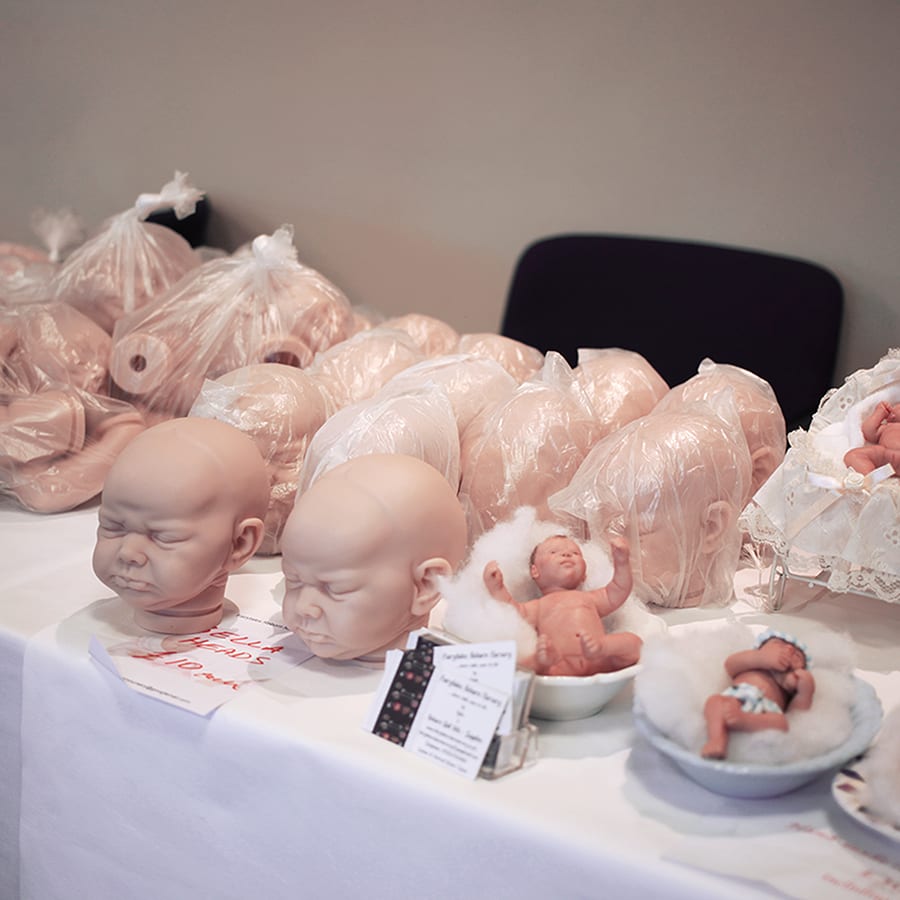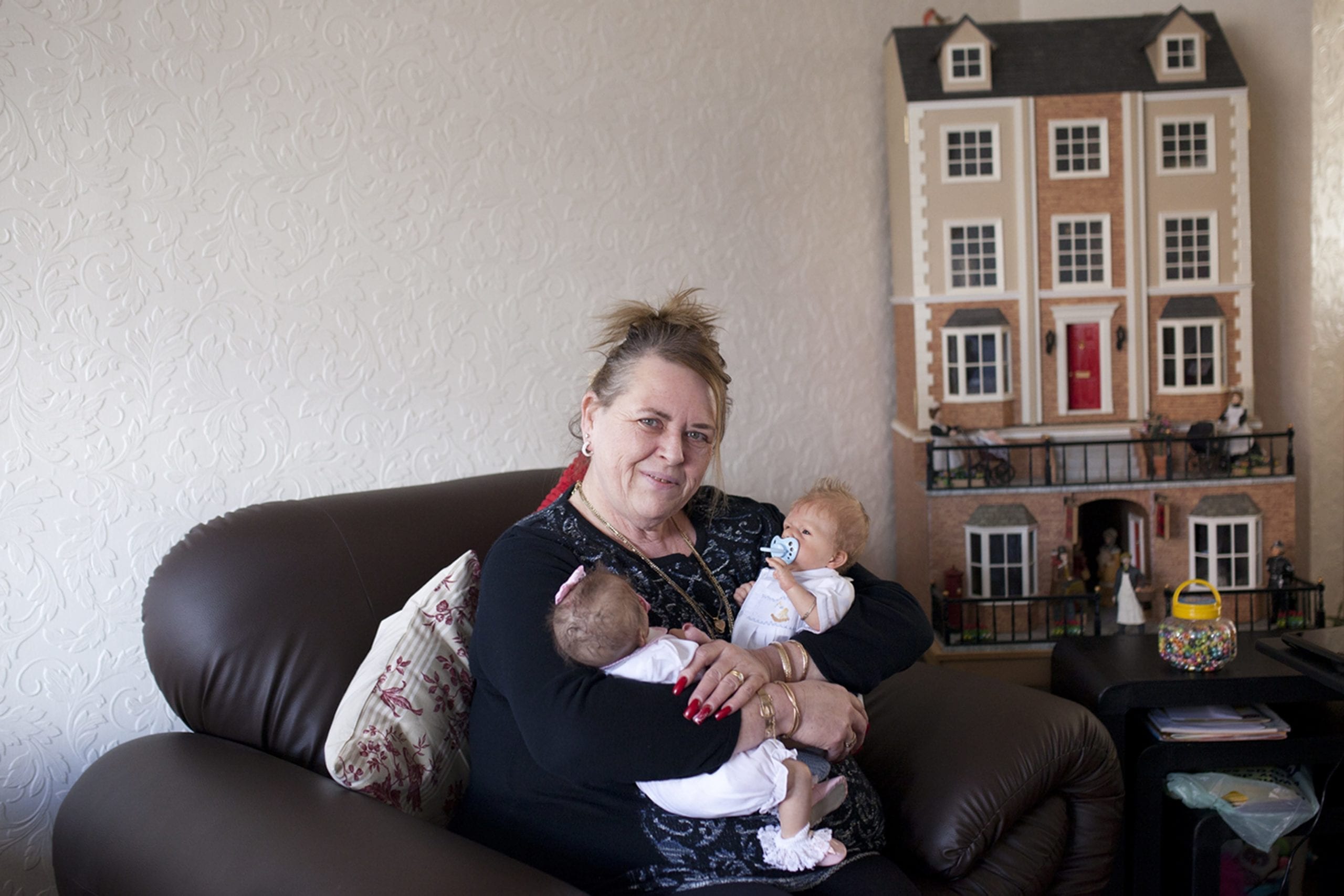Bought and collected mostly (but not exclusively) by women, ‘reborn’ babies are dolls made to look uncannily real.
It’s a subject that is often sensationalised within the media, says Annabel May Oakley-Watson, who has spent months exploring the phenomenon for her final-year project
Her curiosity led her to the ‘mothers’ and their stories. “It’s such a secret world, but I wanted to provide it with positive, not negative, exposure.”
Made from vinyl or silicon, the dolls are usually handcrafted, produced to the point where they are almost indistinguishable from real babies.
Costing anything from a couple of hundred pounds to thousands, they weigh and even smell the same as real babies, says the student who graduates from Falmouth University’s Press and Editorial Photography BA course this summer.
The 20-year-old began the project after visiting a reborn show in February 2014, “which completely opened my eyes” to the complexities of the subject.
After initially photographing the dolls and accessories, which include everything from detachable hearts to umbilical cord clips and designer baby clothes, she began to focus on the women who own them.
For some, it a collecting habit bordering on the obsessive, says the photographer, but for most the dolls fill a natural maternal instinct. The reasons these women do it are complex and multiple, she adds, but quite often it’s because they are unable to have children of their own, or they do it for the simple, often ambiguous reason that it makes them happy.
“For some women, this is their life. Their stories are incredible, and when you hear them it takes away the stigma I think,” Oakley-Watson says.
“I spoke to one woman who cried as she told me of the abuse she had received while walking down the street with her reborn baby. But when you see these women smile at their reborns, it’s the same smile a mother would give her baby.”
It’s taken a long time to gain the trust of this very private community, says Oakley-Watson, but now that she has, she plans to visit so-called ‘reborn mothers’ across the UK in the coming months. “There are so many areas within the reborn community – the craft aspect of making the dolls, the accessories, the women’s stories,” she says. “I explored many things to begin with, but now I want to focus more on the women and their experiences. This is a subject I’ll be continuing for a long time to come.”
Get in touch with Annabel here.




